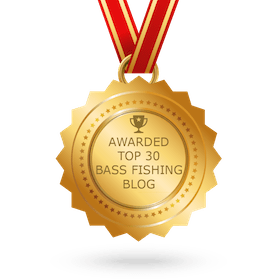When alcohol is involved, the risk of dying is the same for an impaired operator and an impaired passenger.

Alcohol consumption while boating is not only dangerous for the operator of the vessel, but also for passengers. Impairment can lead to slips, falls overboard, injuries, and deaths that could have been prevented.
Operator inattention, operator inexperience, improper lookout, excessive speed, and machinery failure rank as the top five primary contributing factors in accidents.
Operation Dry Water (ODW) is a year-round boating under the influence awareness and enforcement campaign with the mission of reducing the number of alcohol and drug-related incidents and fatalities through increased recreational boater awareness and by fostering a stronger and more visible deterrent to alcohol use on the water.
This year will be the 14th annual Operation Dry Water
heightened awareness and enforcement weekend,
taking place nationwide July 2 – 4.
Where length was known, eight out of every ten boaters who drowned were using vessels less than 21 feet in length. There  were 247 accidents in which at least one person was struck by a propeller. Where data was known, the vessel types with the highest percentage of deaths were open motorboats (50%), kayaks (15%), and pontoons (9%). The 11,838,188 recreational vessels registered by the states in 2020 represent a 0.34% decrease from last year when 11,878,542 recreational vessels were registered. Recreational Boating Statistics 2020
were 247 accidents in which at least one person was struck by a propeller. Where data was known, the vessel types with the highest percentage of deaths were open motorboats (50%), kayaks (15%), and pontoons (9%). The 11,838,188 recreational vessels registered by the states in 2020 represent a 0.34% decrease from last year when 11,878,542 recreational vessels were registered. Recreational Boating Statistics 2020
“Reportable” Boating Accidents
A vessel is considered to be involved in a “boating accident” whenever a death, missing person, personal injury, property damage, or total vessel loss results from the vessel’s operation, construction, seaworthiness, equipment, or machinery. The following are examples of accident types that are used in this report:: Grounding, capsizing, sinking, or flooding/swamping. Falls in or overboard a vessel. Persons ejected from a vessel. Fire or explosions that occur while underway and while anchored, moored, or docked if the fire resulted from the vessel or vessel equipment. Water-skiing or other mishap involving a towable device. Collision with another vessel or object. Striking a submerged object. A person struck by a vessel, propeller, propulsion unit, or steering machinery. Carbon monoxide exposure. Electrocution due to stray current related to a vessel. Casualties while swimming from a vessel that is not anchored, moored, or docked.
The Boating Under the Influence (BUI) Report and Dashboard were produced in 2019 by the National Association of State Boating Law Administrators through a grant funded by the U.S. Coast Guard. A supplement to the report was produced in 2020.











